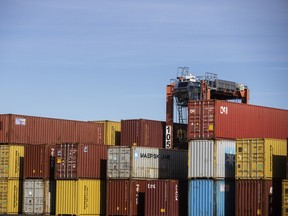Companies are shifting their supply chain strategies from “just in time” to “just in case” due to recent disruptions.
The article discusses how companies are shifting their supply chain strategies from "just in time" to "just in case" due to the disruptions caused by the COVID-19 pandemic. This shift involves building up inventory and investing in more resilient supply chains, rather than relying on just-in-time delivery.
Several key points emerge from the article:
- Companies are rethinking their supply chain strategies: The pandemic has highlighted the risks of just-in-time delivery, leading companies to reassess their approach.
- Inventory levels are increasing: Companies are building up inventory to mitigate against future disruptions and ensure a steady flow of goods.
- Technology is being used to improve supply chain visibility: Digital trackers, predictive algorithms, and data sharing platforms are helping companies track their parts and anticipate potential delays.
- Collaboration between companies is on the rise: Retailers and manufacturers are exploring ways to work together to build resilience in their supply chains, including investing in shared back-up facilities.
- Government policies are influencing supply chain decisions: Changes in global tax agreements and government incentives for domestic manufacturing are changing the financial calculus for companies when deciding where to locate production.
Overall, the article suggests that companies are recognizing the need for more resilient and flexible supply chains, and are taking steps to adapt their strategies accordingly. However, it also notes that progress may be slow, and that building up inventory and relocating factories or investing in shared facilities is a significant undertaking.



